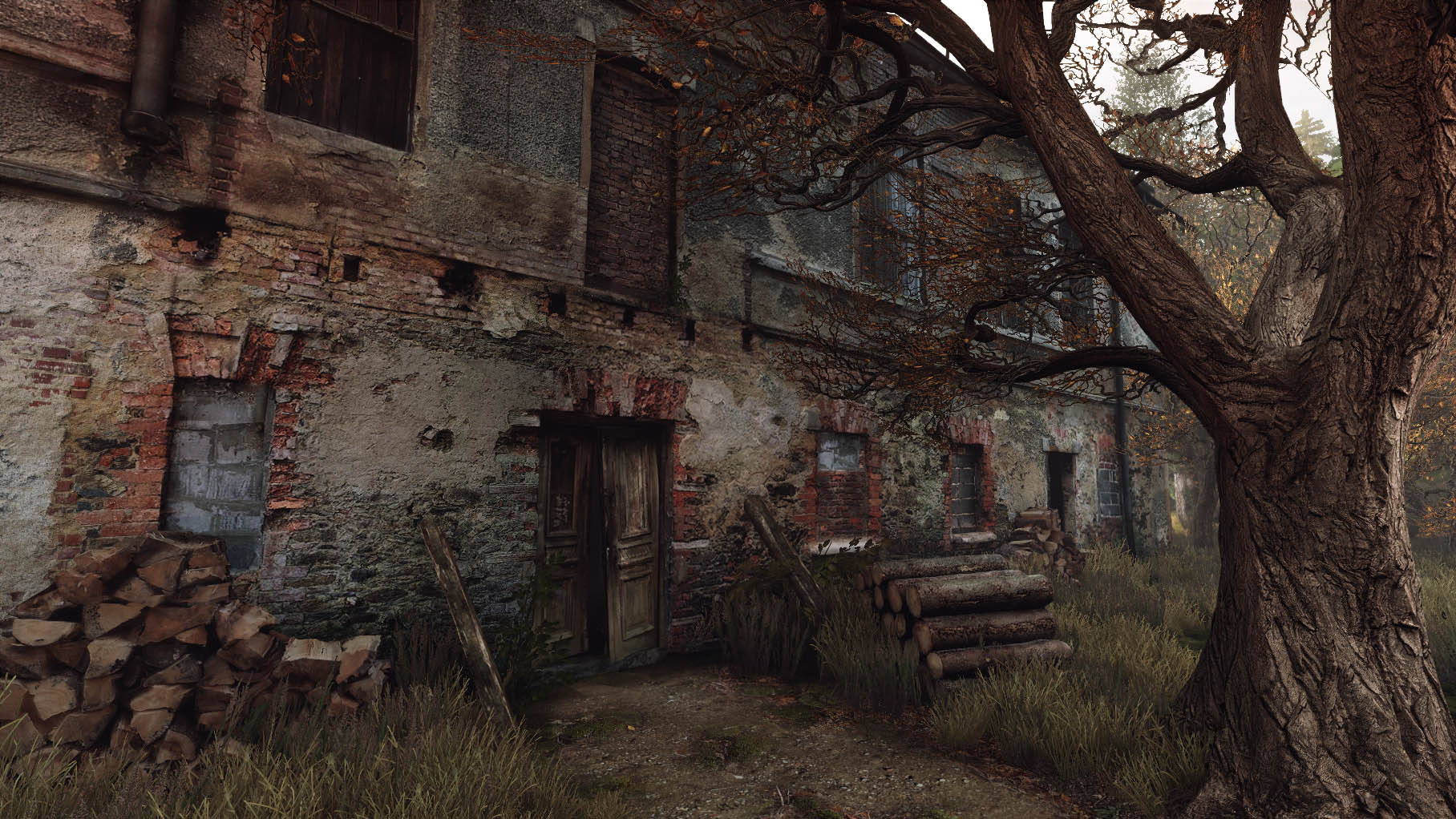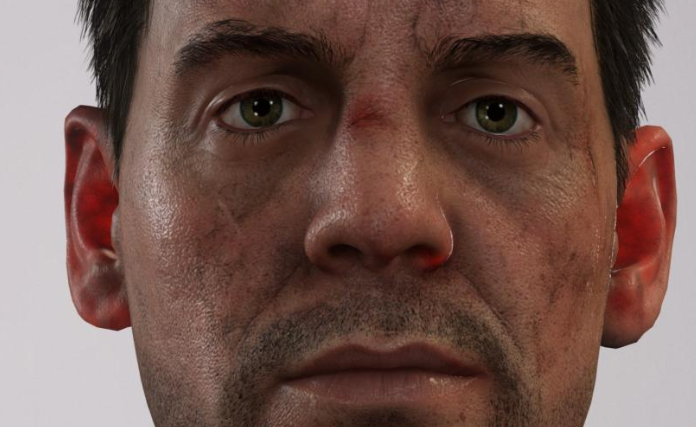Just played more Alien:Isolation today.. this is the only game out currently that has realtime dynamic indirect lighting. You can see it in the flashlight (when you turn it on). It will take about a second but you'll notice it will cast secondary bounced light behind the direct path of the flashlight. Simply amazing to look at.
In contrast, I looked for this in TLOU:Remastered (since the devs said it's a feature) and it's simply isn't there.
It's showed off here: http://youtu.be/yH5MgEbBOps?t=1h41s











